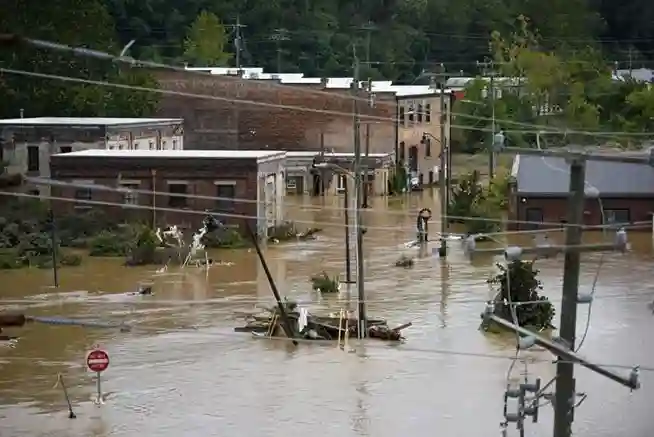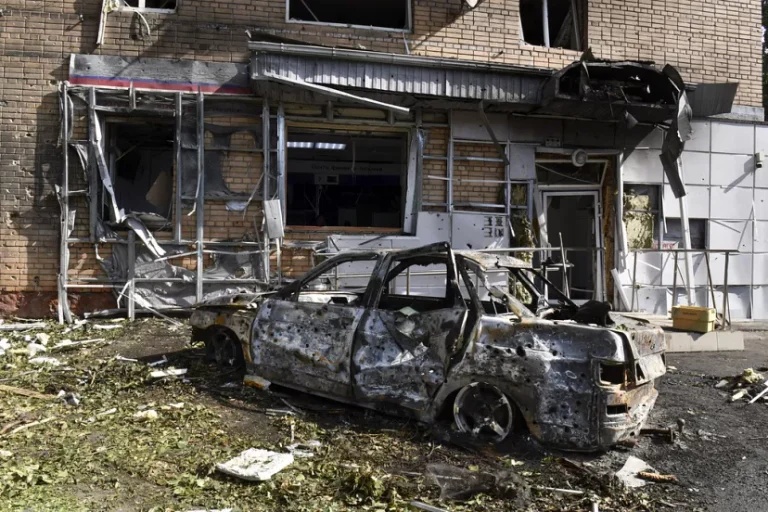Millions of people along the East Coast remain without power in the devastating wake of Hurricane Helene, which made landfall as a Category 4 storm. The hurricane tore through six states, leaving a path of destruction and resulting in at least 119 deaths, with that number expected to rise as hundreds remain unaccounted for.
The storm’s impact has been catastrophic, with major states like South Carolina, Georgia, North Carolina, and Florida particularly affected. South Carolina alone recorded over 755,000 outages, with other states seeing hundreds of thousands more. At the storm’s peak, nearly 4.7 million households were without power, and although that number has since decreased, approximately 2.5 million people remain in the dark.
Efforts to restore power and rebuild infrastructure are underway, but the scale of the damage means that the recovery process will be slow. In many areas, especially in states like Georgia and Florida, power crews have been working around the clock to not only restore power but rebuild entire sections of the electrical grid. Chris Bristol, OG&E Distribution Construction Manager, emphasized that this is not just a restoration effort but a complete rebuild, with workers facing obstacles like downed power lines and severe flooding.
Federal and local aid has been mobilized. President Biden’s approval of a Major Disaster Declaration for Florida and North Carolina has allowed federal funds to flow into the region, helping affected communities rebuild.
Additionally, utility companies and organizations from across the U.S. have joined forces to assist in recovery operations. Oklahoma Gas and Electric, for example, has dispatched crews to Georgia, working alongside local teams to restore electricity. These efforts echo the mutual aid received during Oklahoma’s tornado season earlier in the year.
Meanwhile, the humanitarian response has been robust. The Salvation Army’s Emergency Disaster Services have deployed from Texas to Florida to coordinate large-scale feeding operations for those displaced by the hurricane.
Despite these efforts, challenges remain, including record-breaking flooding in parts of the southern Appalachians, where rivers have swelled to dangerous levels, threatening communities downstream.
Authorities continue to warn residents of ongoing risks, including potential flash floods, downed power lines, and the use of generators that could lead to carbon monoxide poisoning. With debris cleanup underway and floodwaters still high in some areas, it is expected that full recovery will take weeks, if not months.





